Under one roof: Metrograph is a cinema, bookshop, bar and restaurant all in one
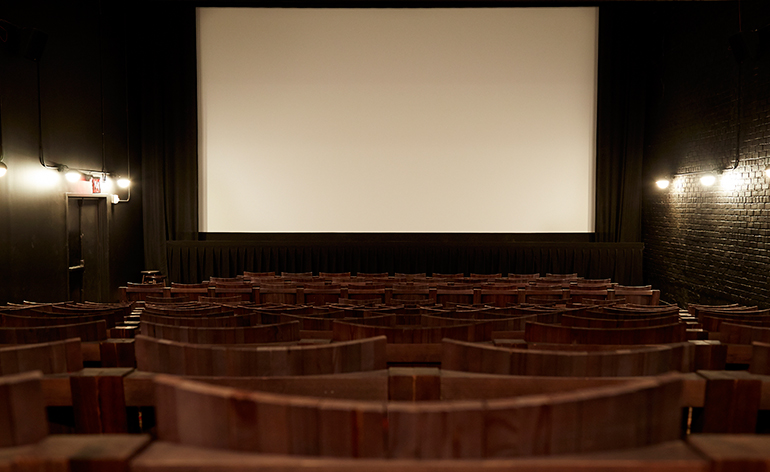
After studying film at Harvard, Alexander Olch made a short drama called No Vladimir, which he sold to the American movie channels IFC and Bravo in 2000. ‘Traditionally, a director gives a present to the crew so instead of a t-shirt or a hat, I designed a necktie. I didn’t know anything about neckties, but I thought it would be interesting, and it took about a year to make it,’ says Olch, who went to dinner with some financier and lawyers friends, who saw the tie and asked to buy it. ‘I started selling ties to friends through my website, and as that business grew it helped finance the making of my next film, The Windmill Movie, over the next seven years.’
After wrapping that film – which premiered at the New York Film Festival and was acquired by HBO and the Museum of Modern Art – Olch’s eponymous fashion company had grown to the point where his ties, men’s and women’s clothing, and objects were selling around the world, including at Bergdorf Goodman, Nordstrom, Barneys New York, and three brick and mortar stores of his own design.
‘My love of making things – whether it’s films, fashion objects, or stores – found a happy home at Metrograph,’ says Olch, referring to the six-years-in-the-making movie theatre he is opening inside a former food storage warehouse on the Lower East Side this week. Out of this masonry brick square Olch carved a 175-seat theater with a balcony (with a secondary 50-seat theater meant for industry screenings for other directors) that are fitted with contrasting industrial/classical elements like the exposed brick walls against three-ply velvet chairs inspired by those in the Palais Garnier opera house in Paris, with wood beams (sourced from the old Domino Sugar factory in Brooklyn) that were hand-milled into the chairs.
‘I grew up going to movies in a group of theatres like Kings Plaza or the Ziegfeld, which are now all gone, but when you entered those places you could tell something special was happening in those rooms because of the design and décor, so what we’re trying to achieve is something that evokes a piece of the glamour I felt when I was little and yet to not do it in a clichéd way – so something glamorous but chill.’
Olch cast a set of concrete stones in various colours (lapis blue, jasper red, cream shell) into the floor to create a terrazzo effect in the second-level lounge (raised to create a balcony), cinema-focused bookstore curated by rare bookseller Arthur Fournier, and Commissary, a Henry Rich-operated restaurant. The space can be accessed by one of two brass-topped iron staircases, which wrap around the walnut and brass lobby bar.
‘Like a hotel or train station restaurant, it needs to operate from breakfast to 2am, so it needs to evolve from day to night. There’s a lot of windows, a wonderful skylight, and I’ve designed brass light fixtures that sit in the webbing of the original I-beams, with double-sided Chesterfield sofas that have a shared back in the lounge and that spills over into the bookstore with floating white shelves and a brass periodicals rack.’
As for the films, Metrograph will use museum quality 35mm projection to screen first-run art films (like Van Neistat’s A Space Program, about the titular Park Avenue Armory installation by Tom Sachs, or Randall Wright's Hockney) and repertory showcases for art and cinema classics (including Warhol’s Chelsea Girls, The Naked and the Dead, Library of Congress reprints of Frederick Wiseman's High School and Titicut Follies, and Jean Eustache’s masterpiece The Mother and the Whore).
‘We said to ourselves, ‘You only get to open a new cinema in New York once,’ says new programming and artistic director Jacob Perlin (who was formerly programmer-at-large at the Film Society of Lincoln Center, founded distribution company The Film Desk and remains executive director of Cinema Conservancy). ‘The goal is not to just have people leave and say "That was good", but to say, "That was amazing!"’
Joining Perlin as head of programming is Aliza Ma (who previously worked at the Museum of the Moving Image, the Toronto Film Festival and Sundance, among others). ‘We didn't overthink our choices – it’s not about declaring a new canon of film history, but bringing forth hidden eccentricities from around the world, and sharing the love for films that we care about very deeply,’ says Ma. This translates as revival runs on 35mm, week-long runs for undistributed independent films, and filmmaker-presented double features (from the likes of Noah Baumbach). ‘We went through great lengths to find the best copies in their original formats, often importing rare prints from around the world,’ she adds.
In addition to the celluloid, the bookstore will be printing its own Metrograph Editions (reprints, translations, artist books by filmmakers and vintage movie posters), and the walls will be curated by artists and directors.
‘It’s a building designed by a filmmaker and it’s designed to function like an old movie studio, which had barber shops [and] grocery stores, so you could stay within that space,’ says Olch. ‘We have our own candy store, restaurant, cinema; it’s a place where you can really be enveloped in the whole experience, and part of what creates that atmosphere is that filmmakers will be working there.’

Olch carved out a 175-seat theatre with exposed brick walls against three-ply velvet chairs (inspired by those in the Palais Garnier opera house in Paris) that were hand-milled from wood beams sourced from the old Domino Sugar factory in Brooklyn
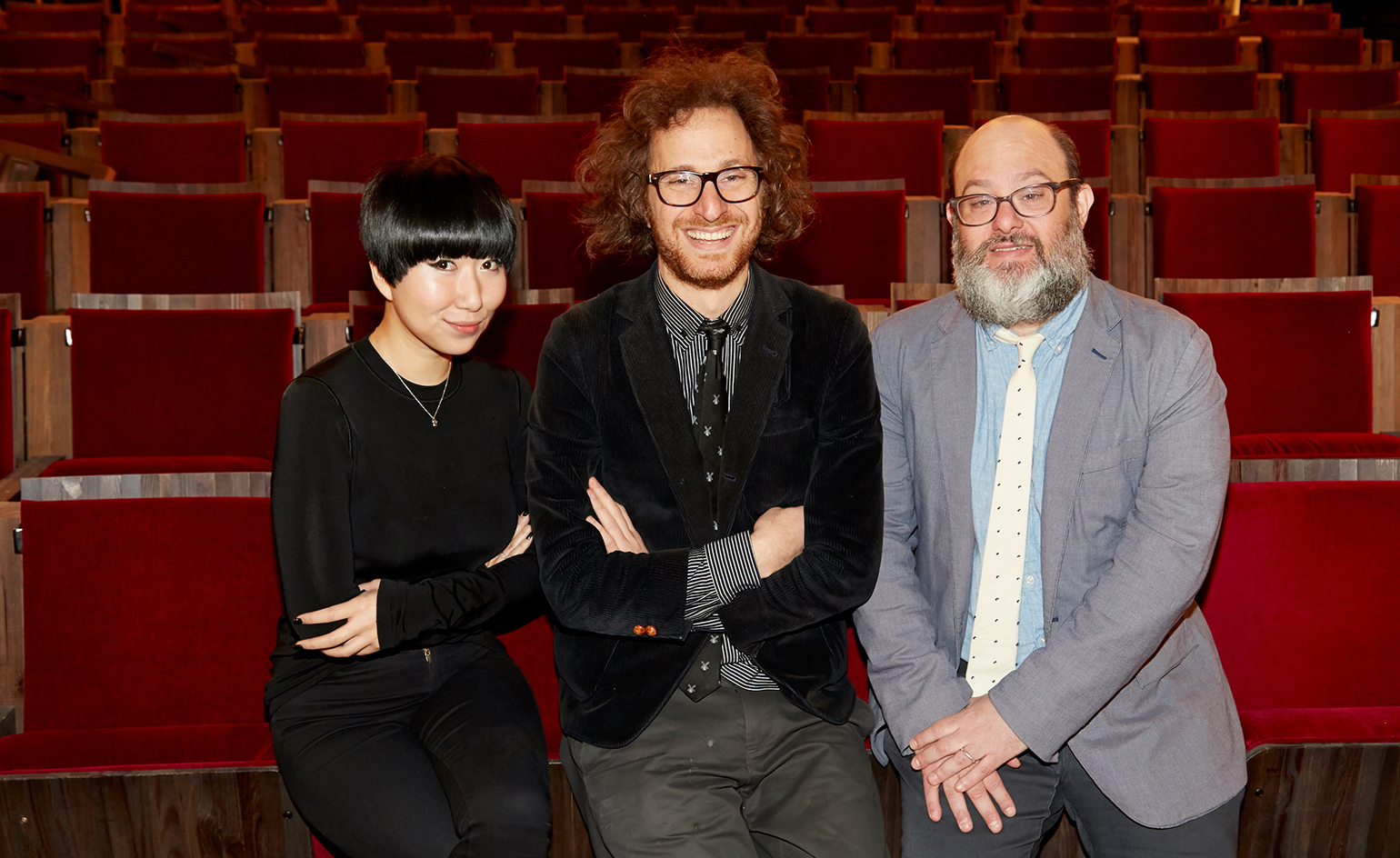
Founder Alexander Olch (centre), flanked by head of programming Aliza Ma (left) and programming and artistic director Jacob Perlin (right)
INFORMATION
For more information, visit Metrograph's website
Metrograph
7 Ludlow Street
New York, NY 10002
Receive our daily digest of inspiration, escapism and design stories from around the world direct to your inbox.
-
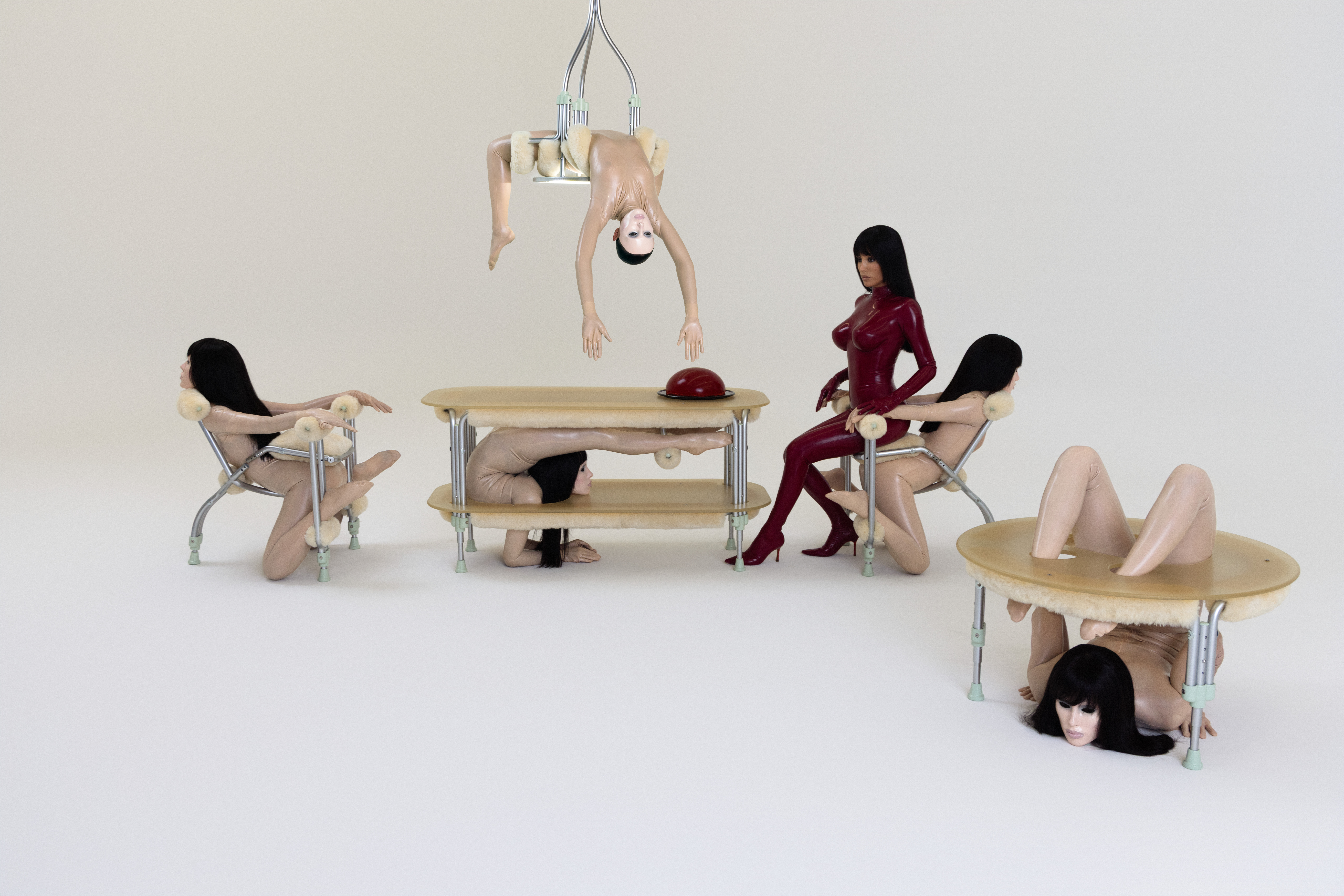 Eight questions for Bianca Censori, as she unveils her debut performance
Eight questions for Bianca Censori, as she unveils her debut performanceBianca Censori has presented her first exhibition and performance, BIO POP, in Seoul, South Korea
-
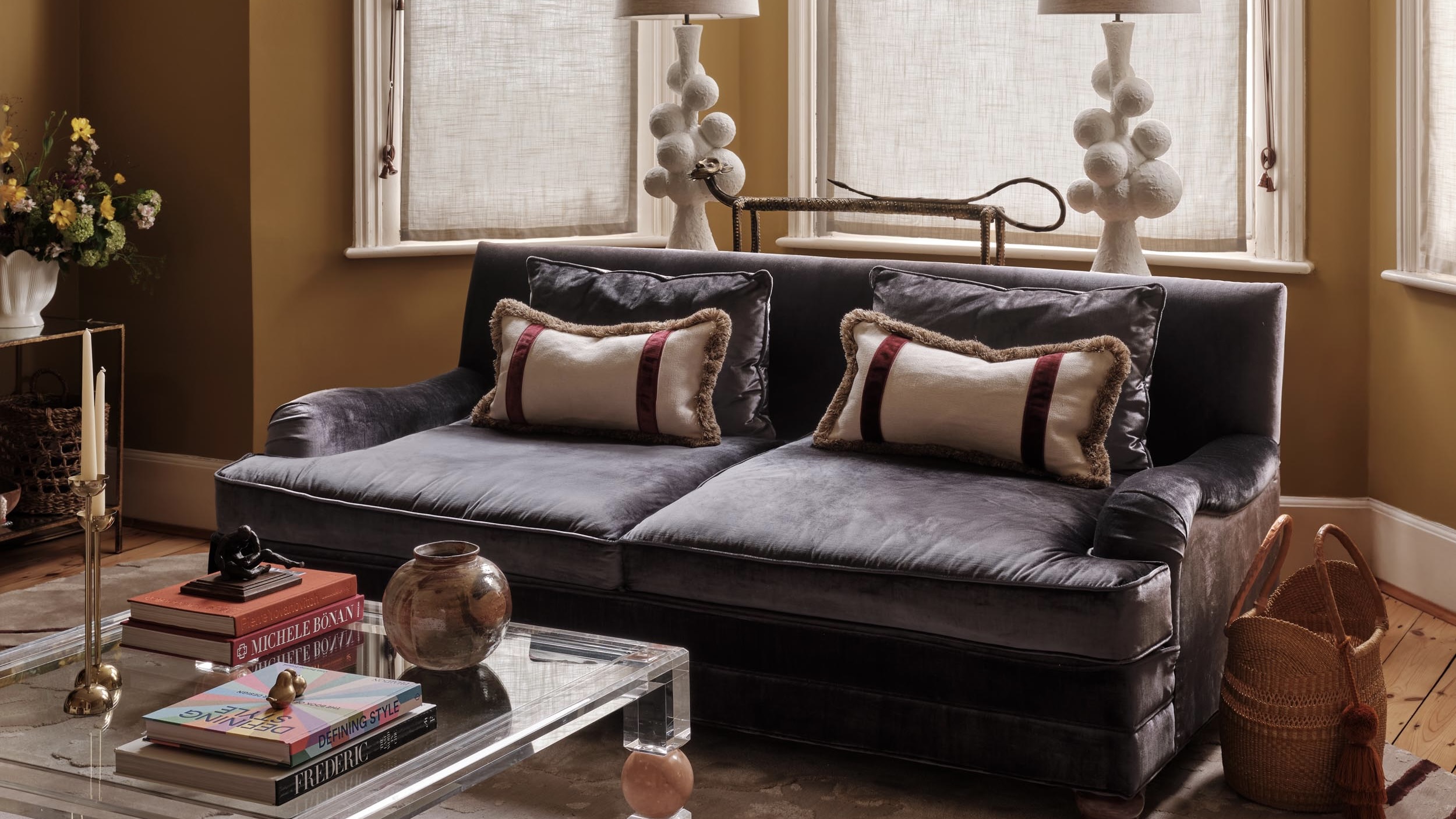 How to elevate a rental with minimal interventions? Charu Gandhi has nailed it with her London home
How to elevate a rental with minimal interventions? Charu Gandhi has nailed it with her London homeFocus on key spaces, work with inherited details, and go big on colour and texture, says Gandhi, an interior designer set on beautifying her tired rental
-
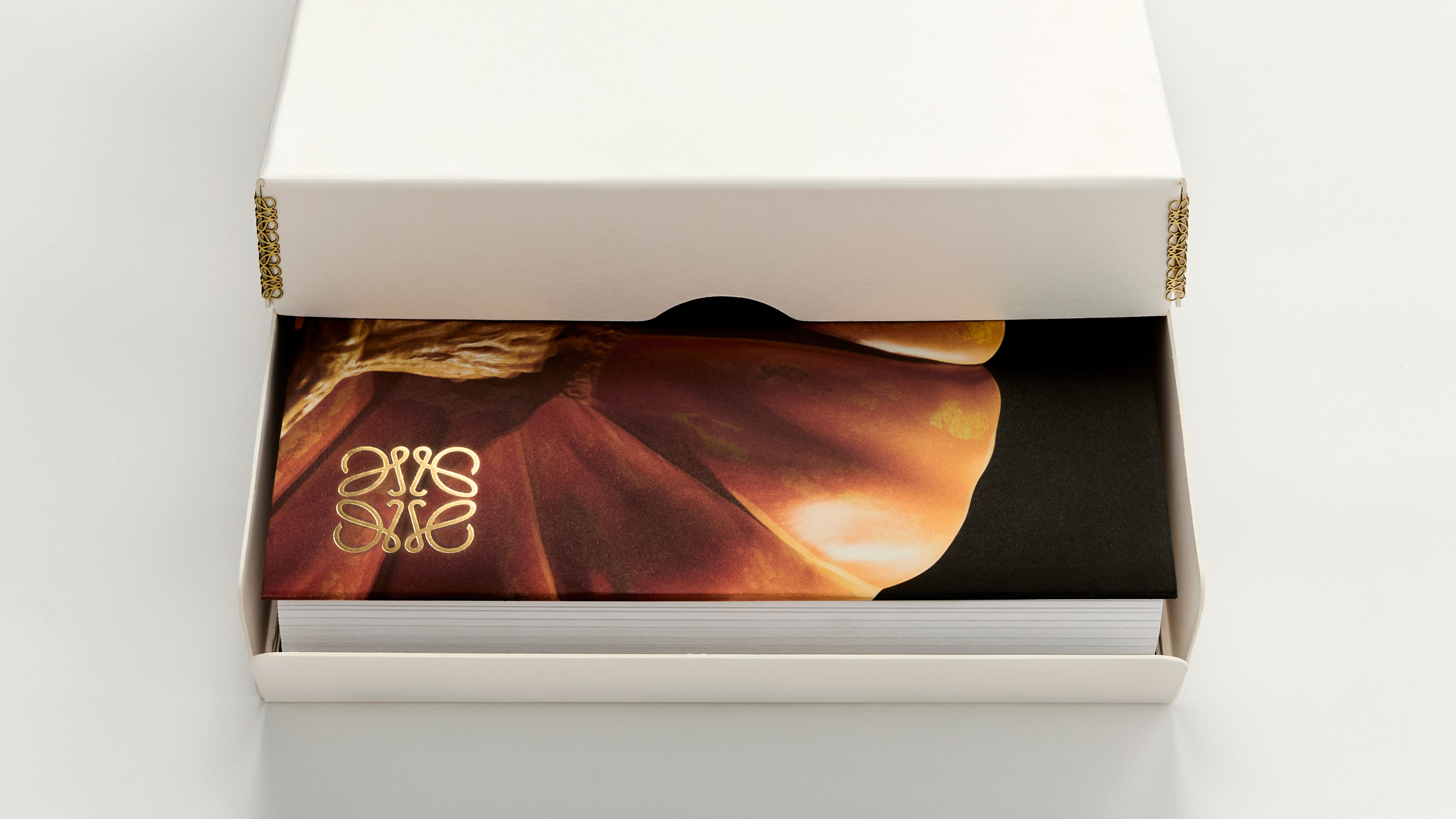 These fashion books, all released in 2025, are the perfect gift for style fans
These fashion books, all released in 2025, are the perfect gift for style fansChosen by the Wallpaper* style editors to inspire, intrigue and delight, these visually enticing tomes for your fashion library span from lush surveys on Loewe and Louis Vuitton to the rebellious style of Rick Owens and Jean Paul Gaultier
-
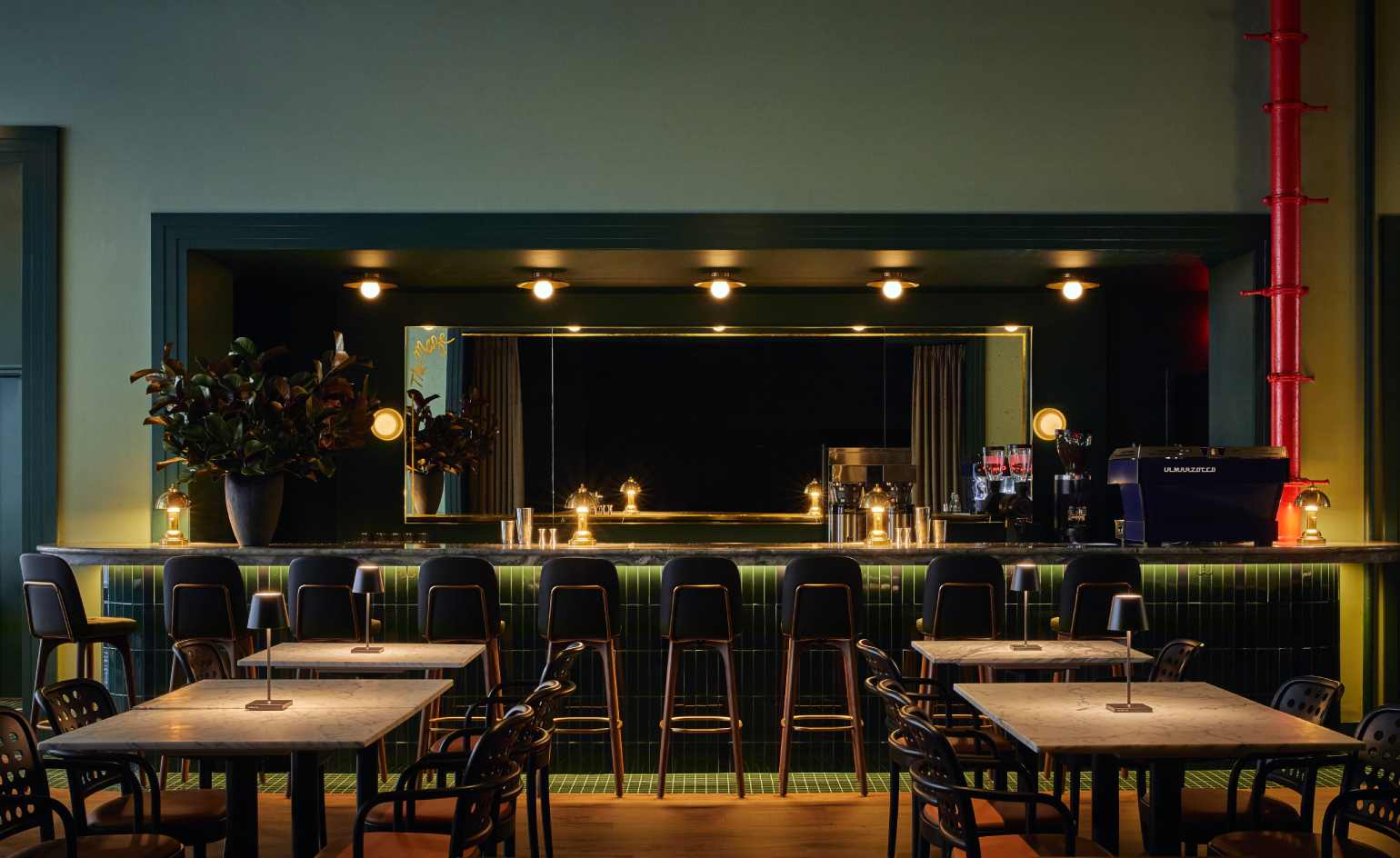 NYC’s first alcohol-free members’ club is full of spirit
NYC’s first alcohol-free members’ club is full of spiritThe Maze NYC is a design-led social hub in Flatiron, redefining how the city gathers with an alcohol-free, community-driven ethos
-
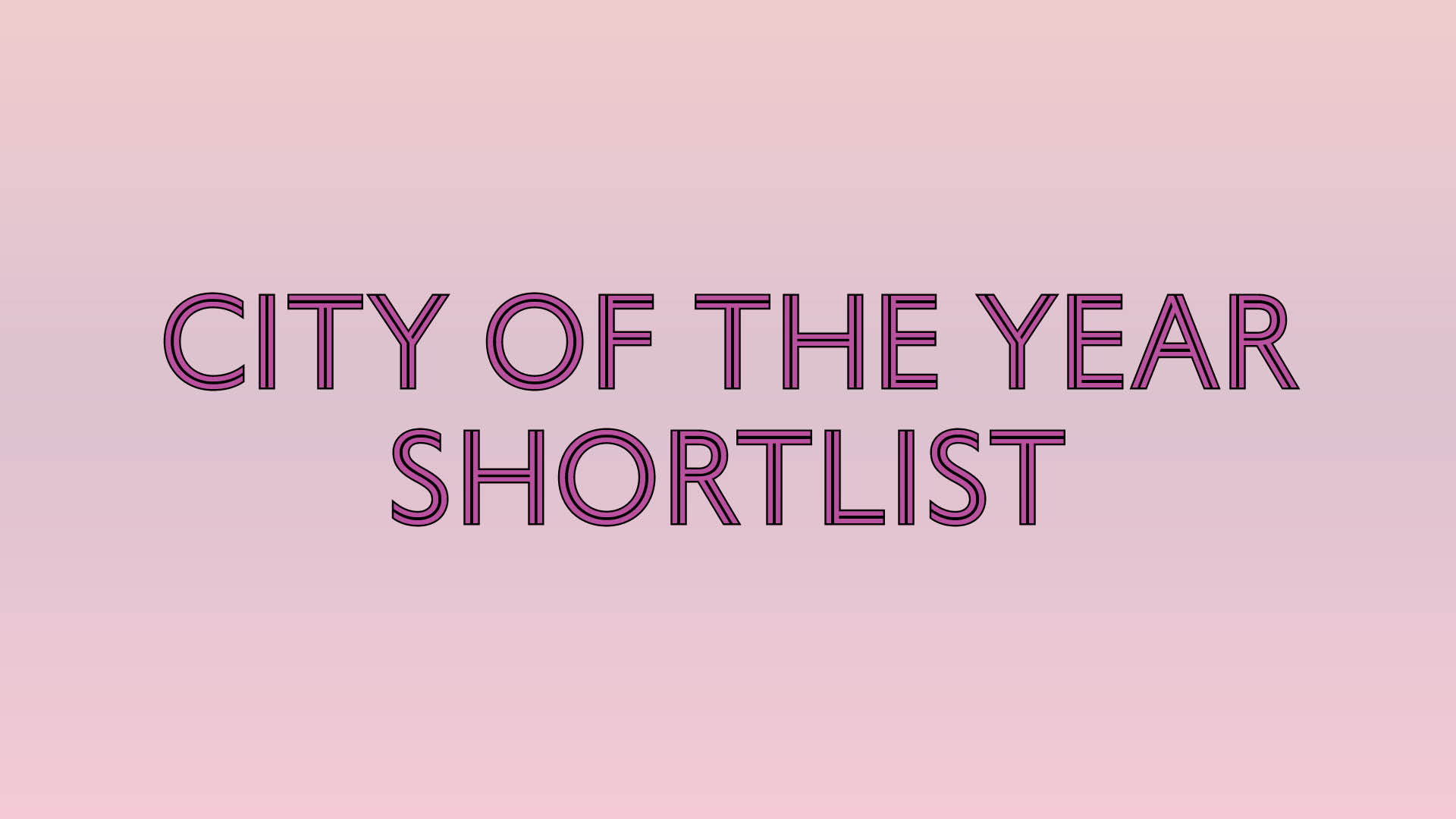 Wallpaper* Design Awards 2026: City of the Year shortlist
Wallpaper* Design Awards 2026: City of the Year shortlistExplore the nominated urban locations making an impact in design, architecture and contemporary culture
-
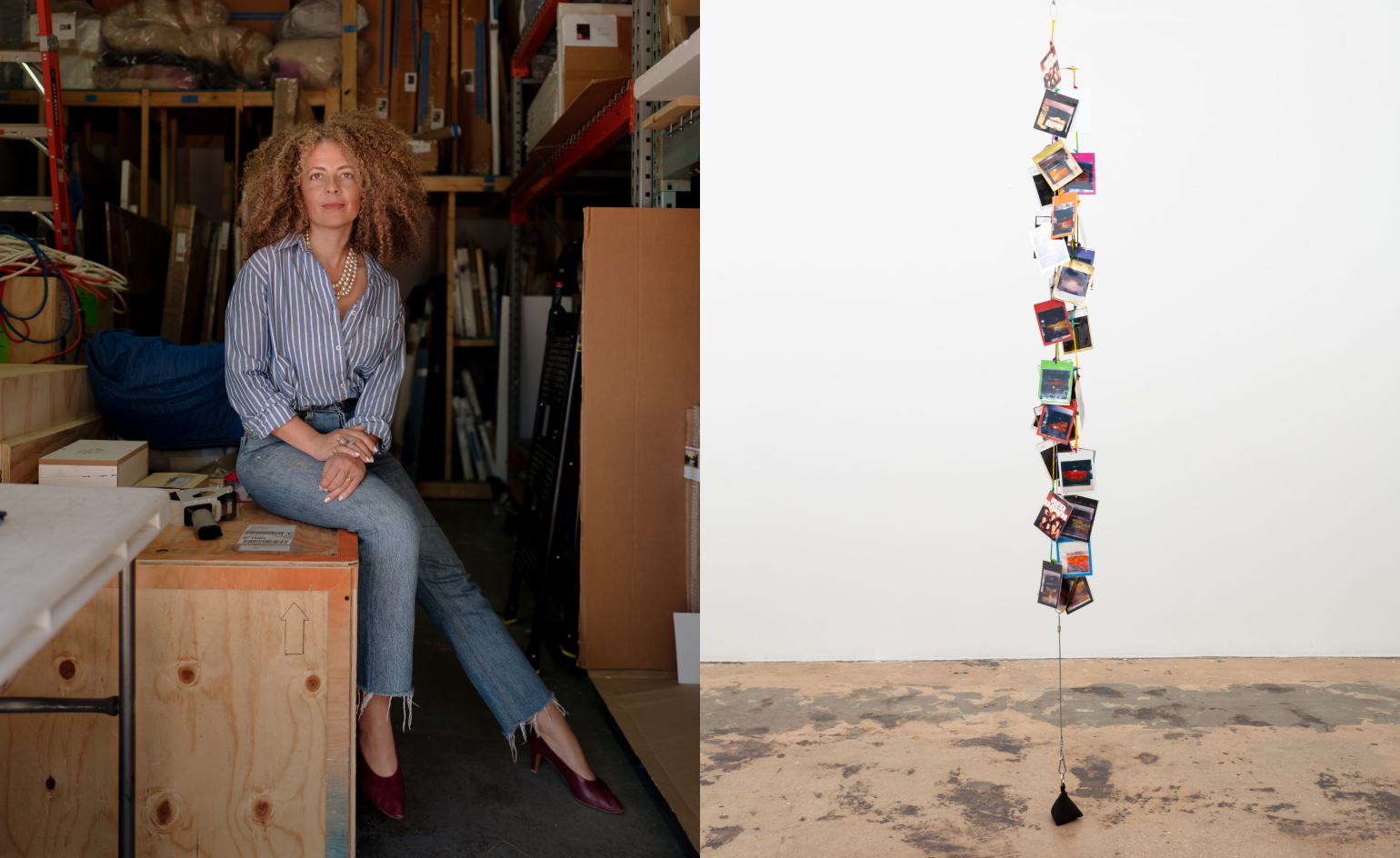 A local’s guide to Miami by gallerist Nina Johnson
A local’s guide to Miami by gallerist Nina JohnsonAs Art Basel Miami Beach 2025 kicks off, gallerist Nina Johnson shares her hometown essentials – from art museums to where to eat, drink and shop
-
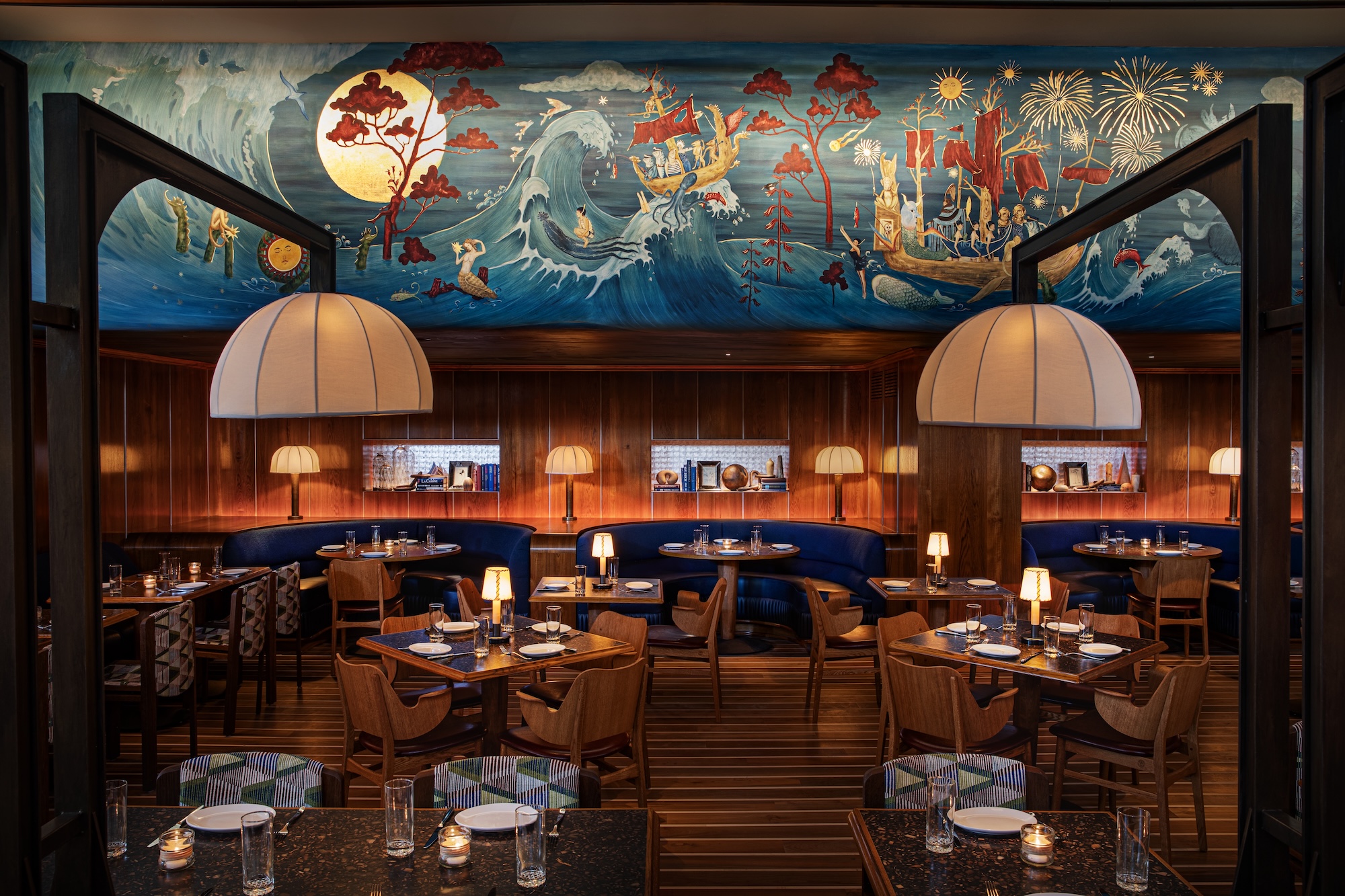 The W New York, Union Square gets a grown-up revamp by Rockwell Group
The W New York, Union Square gets a grown-up revamp by Rockwell GroupThe noughties hotspot has reopened with a more mature – yet never muted –new look. Wallpaper* checks in
-
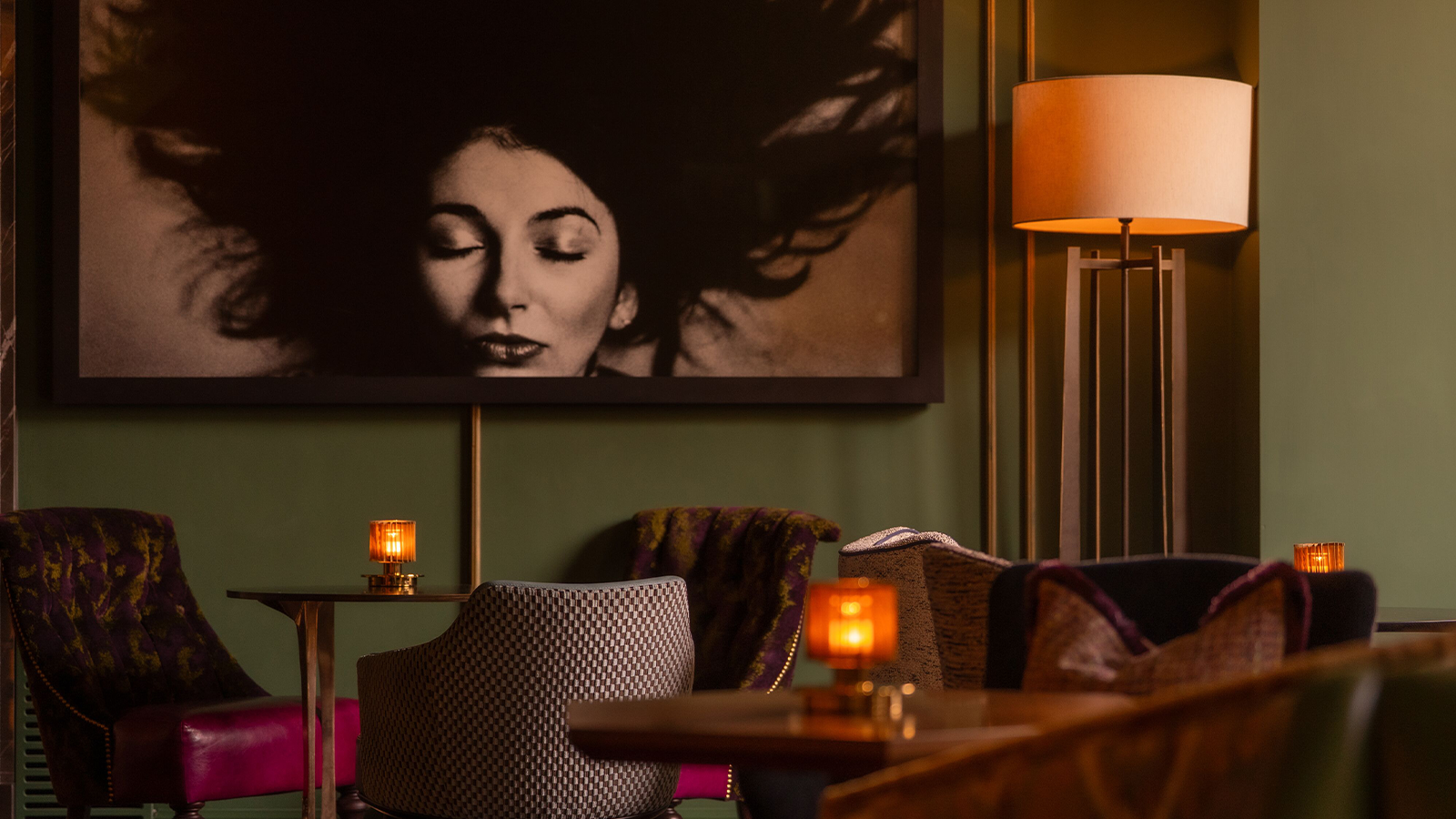 An around-the-world art tour with Rosewood
An around-the-world art tour with RosewoodFrom London to New York, Amsterdam and São Paulo, the hotel group showcases curated art that reflects the unique local context
-
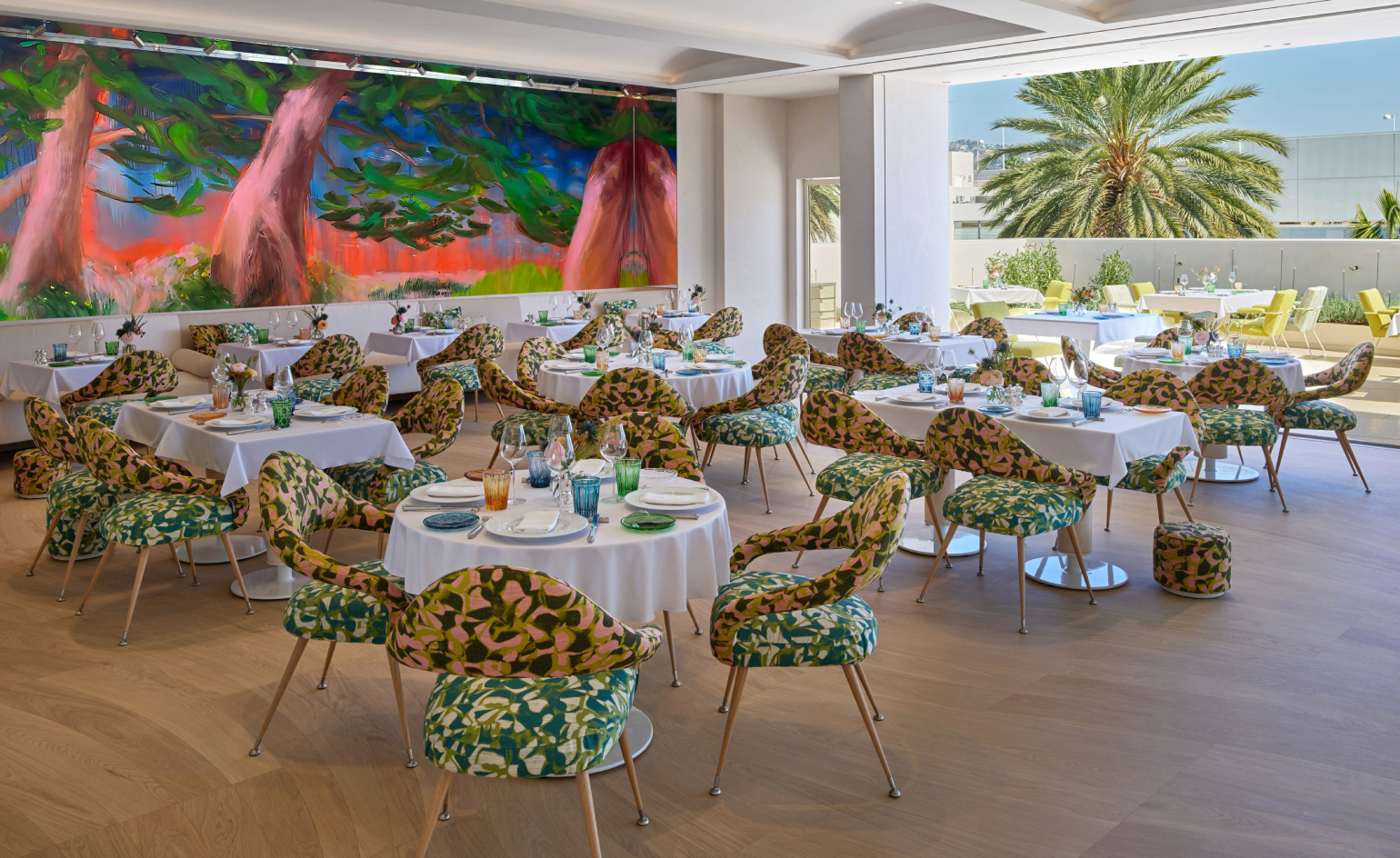 Dior’s new Beverly Hills dining salon raises the bar for couture cuisine
Dior’s new Beverly Hills dining salon raises the bar for couture cuisineFrom Peter Marino’s onyx bar and faceted mirrored walls to Nicole Wittenberg’s vast, immersive botanical canvas, Dior’s first restaurant outside Paris is here
-
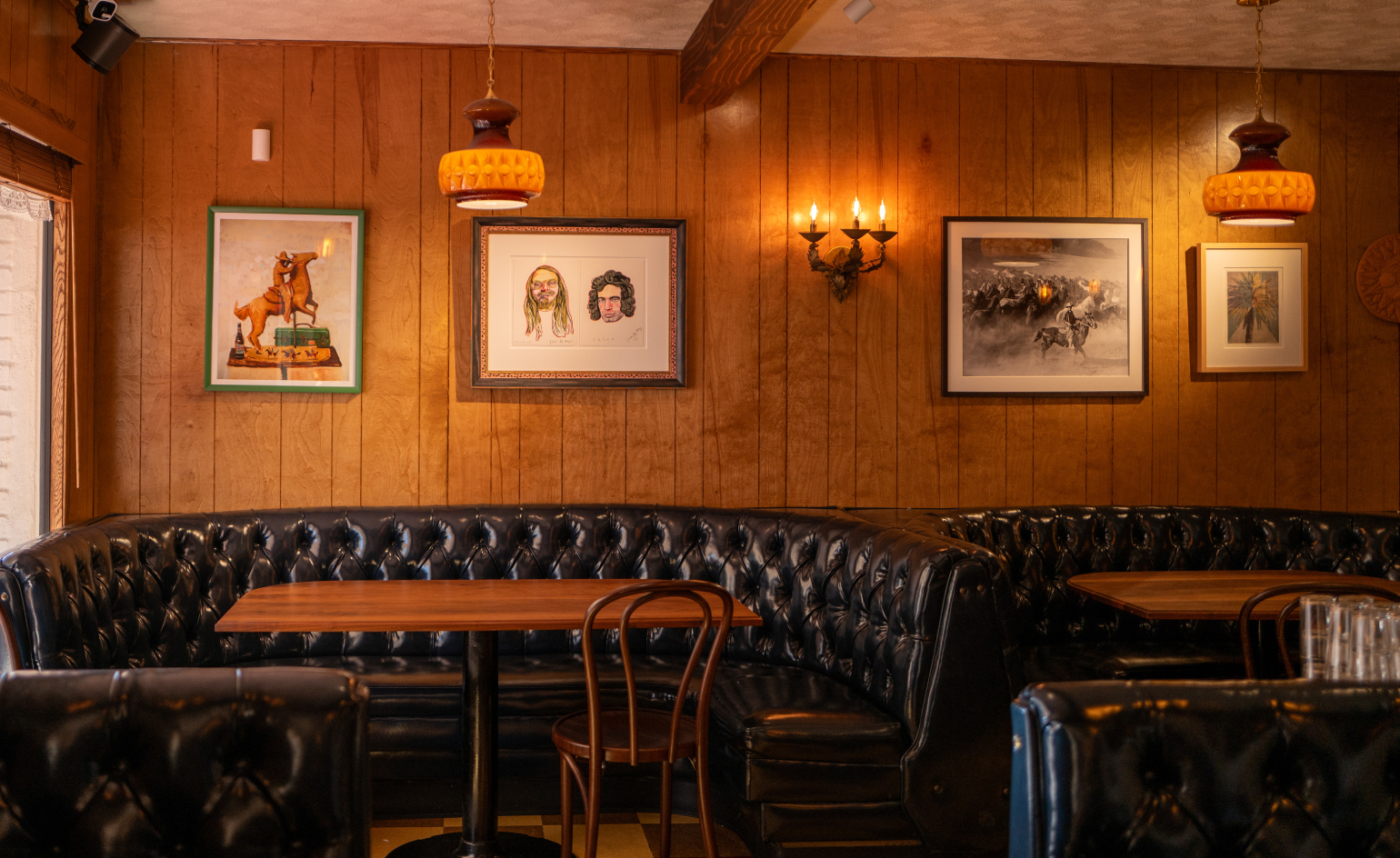 This new Los Angeles restaurant is a mischievous blend of dive bar and 'psychedelic honky tonk'
This new Los Angeles restaurant is a mischievous blend of dive bar and 'psychedelic honky tonk'At Marvito, small-batch tequila and a classic rock soundtrack create a delightfully nostalgic night out
-
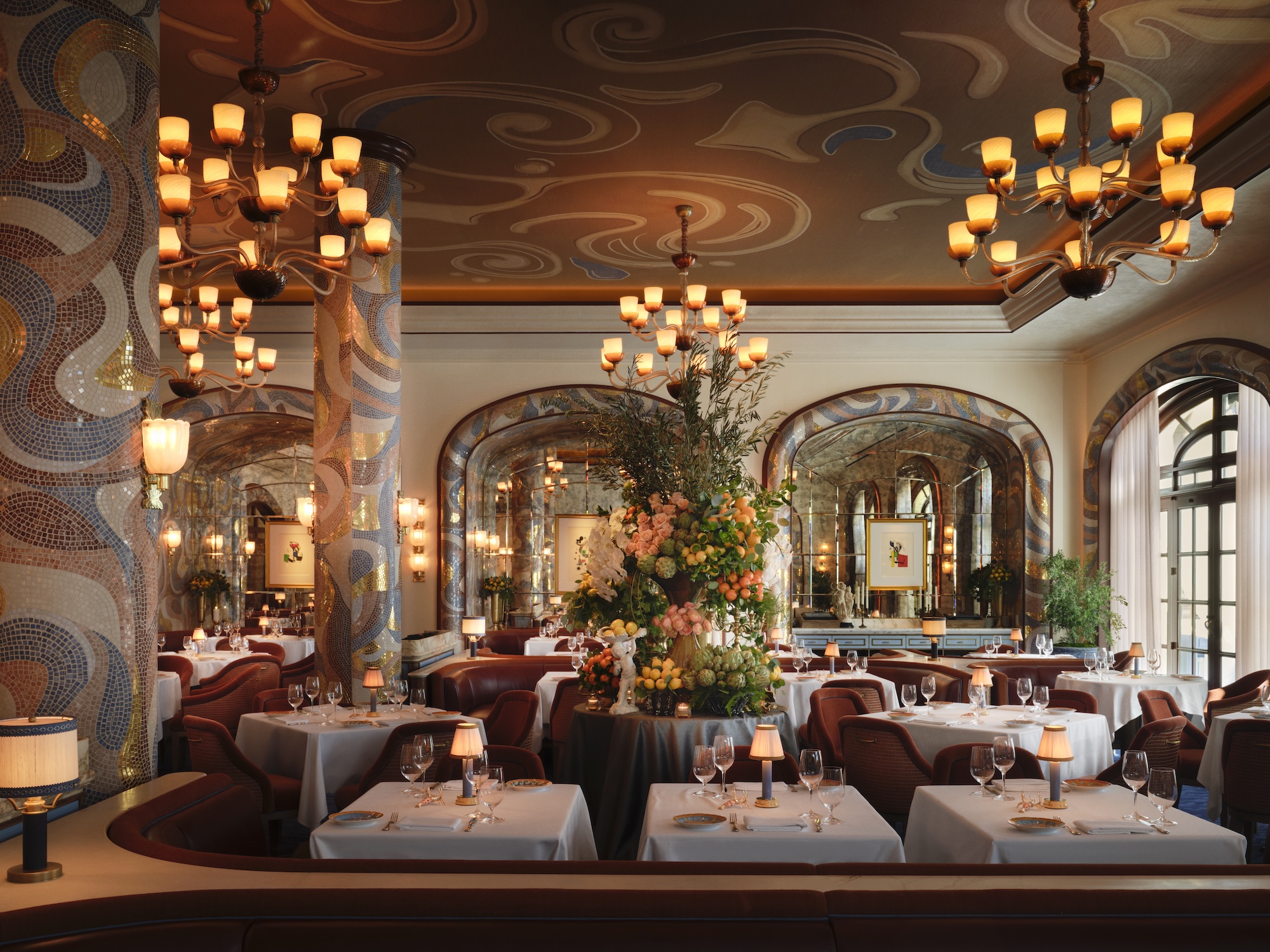 Fantasy – and incredible seafood – await at Carbone Riviera, now open at the Bellagio in Las Vegas
Fantasy – and incredible seafood – await at Carbone Riviera, now open at the Bellagio in Las VegasInterior design powerhouse Martin Brudnizki drew on the Côte d'Azur and Picasso’s ceramics for Major Food Group’s latest Sin City outpost